Home>Furniture & Design>Bathroom Accessories>How To Soften Bristles On A Toothbrush
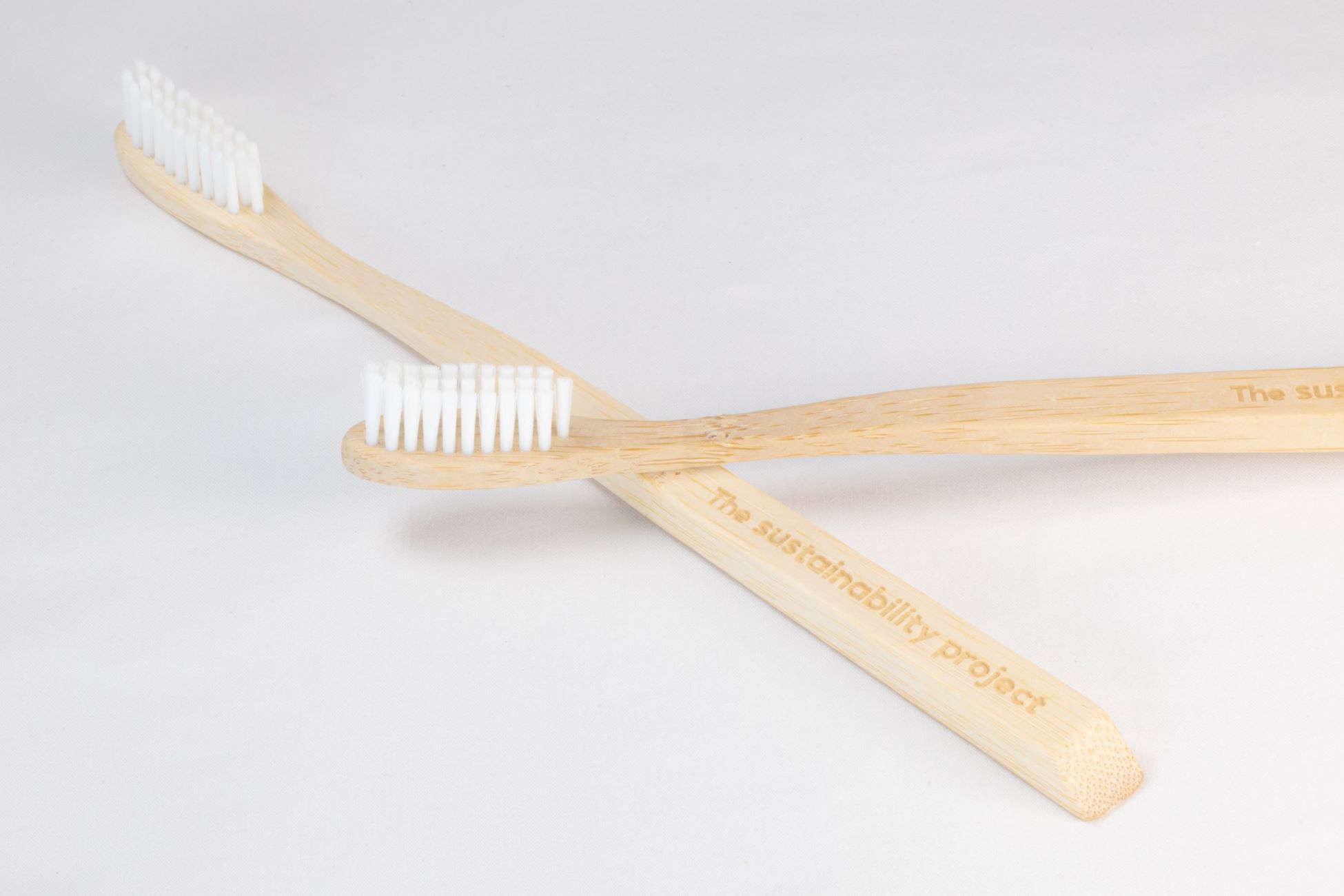

Bathroom Accessories
How To Soften Bristles On A Toothbrush
Published: February 11, 2024
Learn effective ways to soften bristles on a toothbrush and improve your dental hygiene. Discover simple bathroom accessories for a softer brushing experience.
(Many of the links in this article redirect to a specific reviewed product. Your purchase of these products through affiliate links helps to generate commission for Storables.com, at no extra cost. Learn more)
Introduction
When it comes to oral hygiene, the toothbrush is a quintessential tool for maintaining a healthy and radiant smile. However, the bristles of a toothbrush can sometimes be too firm, causing discomfort or even damaging the delicate gum tissue. This is where the importance of softening the bristles on a toothbrush comes into play. By doing so, individuals can ensure a gentle yet effective cleaning experience that promotes oral health without causing unnecessary irritation.
Softening the bristles on a toothbrush is a simple yet impactful process that can significantly enhance the overall brushing experience. Whether you have sensitive gums, braces, or simply prefer a softer touch, knowing how to soften the bristles on your toothbrush can make a noticeable difference in your daily oral care routine. In the following sections, we will explore the various methods to achieve this, allowing you to customize your brushing experience to suit your unique needs and preferences.
Key Takeaways:
- Softening toothbrush bristles is crucial for a comfy and effective brushing experience, especially for those with sensitive gums or braces. Methods like warm water soak and vinegar solution offer practical ways to achieve softer bristles.
- By using simple methods like baking soda paste and hair conditioner treatment, you can customize your toothbrush for a gentler brushing sensation. Softened bristles promote oral health and ensure a pleasant brushing routine.
Read more: How Many Bristles Are In A Toothbrush
Why it's important to soften bristles on a toothbrush
The bristles of a toothbrush play a crucial role in maintaining oral hygiene by effectively removing plaque and food particles from the teeth and gums. However, using a toothbrush with overly firm bristles can lead to various oral health issues and discomfort. Understanding the importance of softening the bristles on a toothbrush is essential for ensuring a gentle yet thorough cleaning experience.
First and foremost, softening the bristles on a toothbrush is vital for individuals with sensitive gums. Brushing with firm bristles can cause irritation and even minor injuries to the delicate gum tissue, leading to discomfort and potential bleeding. By softening the bristles, individuals can minimize the risk of gum irritation and ensure a more comfortable brushing experience.
Moreover, softening the bristles on a toothbrush is particularly beneficial for individuals with orthodontic appliances, such as braces. The presence of braces can make oral care more challenging, and using a toothbrush with soft bristles can help prevent damage to the brackets and wires while effectively cleaning around them. Additionally, individuals with dental work, such as crowns or veneers, can benefit from using a toothbrush with softened bristles to avoid putting excessive pressure on these dental restorations.
Furthermore, maintaining the overall health of the teeth and gums is another reason why softening the bristles on a toothbrush is important. Firm bristles can be abrasive and may contribute to enamel wear and gum recession over time. By opting for softer bristles, individuals can minimize the risk of causing damage to the tooth enamel and gum tissue, promoting long-term oral health.
In addition, for those who simply prefer a gentler brushing sensation, softening the bristles on a toothbrush allows for a customized oral care experience. It enables individuals to tailor their brushing routine to suit their unique preferences, ensuring a pleasant and effective cleaning process.
Ultimately, understanding the significance of softening the bristles on a toothbrush empowers individuals to prioritize their oral health and comfort. By taking the necessary steps to ensure that the bristles of their toothbrush are gentle yet effective, individuals can maintain a consistent and enjoyable brushing routine while safeguarding their oral well-being.
Soak the toothbrush in warm water with a little bit of baking soda for a few hours to help soften the bristles.
Methods to soften bristles on a toothbrush
-
Warm Water Soak: One of the simplest methods to soften the bristles on a toothbrush is by soaking the brush head in warm water. Begin by running the bristles under warm water for a few minutes, ensuring that the entire brush head is thoroughly saturated. The warm water helps to relax the bristles, making them more pliable and gentle on the gums. After soaking, gently shake off any excess water and allow the toothbrush to air dry. This method is quick, easy, and can be incorporated into your daily oral care routine.
-
Vinegar Solution: Another effective approach involves creating a vinegar solution to soften the bristles. Mix equal parts of white vinegar and water in a clean container, then submerge the toothbrush bristles in the solution for approximately 30 minutes. The mild acidity of the vinegar helps to break down the stiffness of the bristles, resulting in a softer texture. After soaking, thoroughly rinse the toothbrush under running water to remove any residual vinegar and allow it to air dry. This method is particularly useful for individuals seeking a natural and cost-effective way to soften their toothbrush bristles.
-
Baking Soda Paste: Baking soda is renowned for its versatility in various household applications, including oral care. To soften the bristles on a toothbrush using baking soda, create a paste by mixing a small amount of baking soda with water until it forms a thick consistency. Gently apply the paste to the bristles, ensuring that they are completely coated, and let it sit for approximately 15-20 minutes. The mild abrasiveness of the baking soda paste helps to loosen the bristles, resulting in a softer feel. After the designated time, thoroughly rinse the toothbrush to remove the baking soda residue and allow it to air dry. This method not only softens the bristles but also helps to eliminate any lingering odors from the toothbrush.
-
Hair Conditioner Treatment: Utilizing a small amount of hair conditioner can also be an effective way to soften toothbrush bristles. Apply a pea-sized amount of conditioner to the bristles, ensuring even coverage, and let it sit for approximately 10-15 minutes. The conditioning agents in the product work to soften and hydrate the bristles, promoting a gentler brushing experience. After the designated time, thoroughly rinse the toothbrush to remove the conditioner and allow it to air dry. This method is particularly convenient for individuals who have hair conditioner readily available in their bathroom.
By incorporating these methods into your oral care routine, you can effectively soften the bristles on your toothbrush, ensuring a comfortable and personalized brushing experience that promotes optimal oral health.
Conclusion
In conclusion, the process of softening the bristles on a toothbrush is a simple yet impactful endeavor that can significantly enhance the overall brushing experience. By understanding the importance of using gentle bristles and exploring various methods to achieve this, individuals can tailor their oral care routine to suit their unique needs and preferences.
Softening the bristles on a toothbrush is essential for promoting oral health and comfort, particularly for individuals with sensitive gums, orthodontic appliances, or dental restorations. By opting for softer bristles, individuals can minimize the risk of gum irritation, prevent damage to orthodontic appliances, and avoid putting excessive pressure on dental restorations, thus safeguarding their oral well-being.
The methods to soften toothbrush bristles, such as warm water soak, vinegar solution, baking soda paste, and hair conditioner treatment, offer practical and accessible approaches to achieving a gentler brushing experience. These methods not only help to relax the bristles but also contribute to maintaining the overall hygiene of the toothbrush, ensuring a pleasant and effective cleaning process.
By incorporating these techniques into their daily oral care routine, individuals can customize their brushing experience, ensuring a comfortable and personalized approach to maintaining optimal oral health. Whether it's alleviating gum sensitivity, accommodating orthodontic needs, or simply preferring a gentler brushing sensation, softening the bristles on a toothbrush empowers individuals to prioritize their oral health and well-being.
Ultimately, the journey to softer bristles on a toothbrush is a journey towards a more enjoyable and effective brushing experience. By embracing the significance of gentle bristles and implementing the methods to achieve this, individuals can elevate their oral care routine, promoting a healthy and radiant smile while ensuring a comfortable and personalized brushing experience.
Frequently Asked Questions about How To Soften Bristles On A Toothbrush
Was this page helpful?
At Storables.com, we guarantee accurate and reliable information. Our content, validated by Expert Board Contributors, is crafted following stringent Editorial Policies. We're committed to providing you with well-researched, expert-backed insights for all your informational needs.
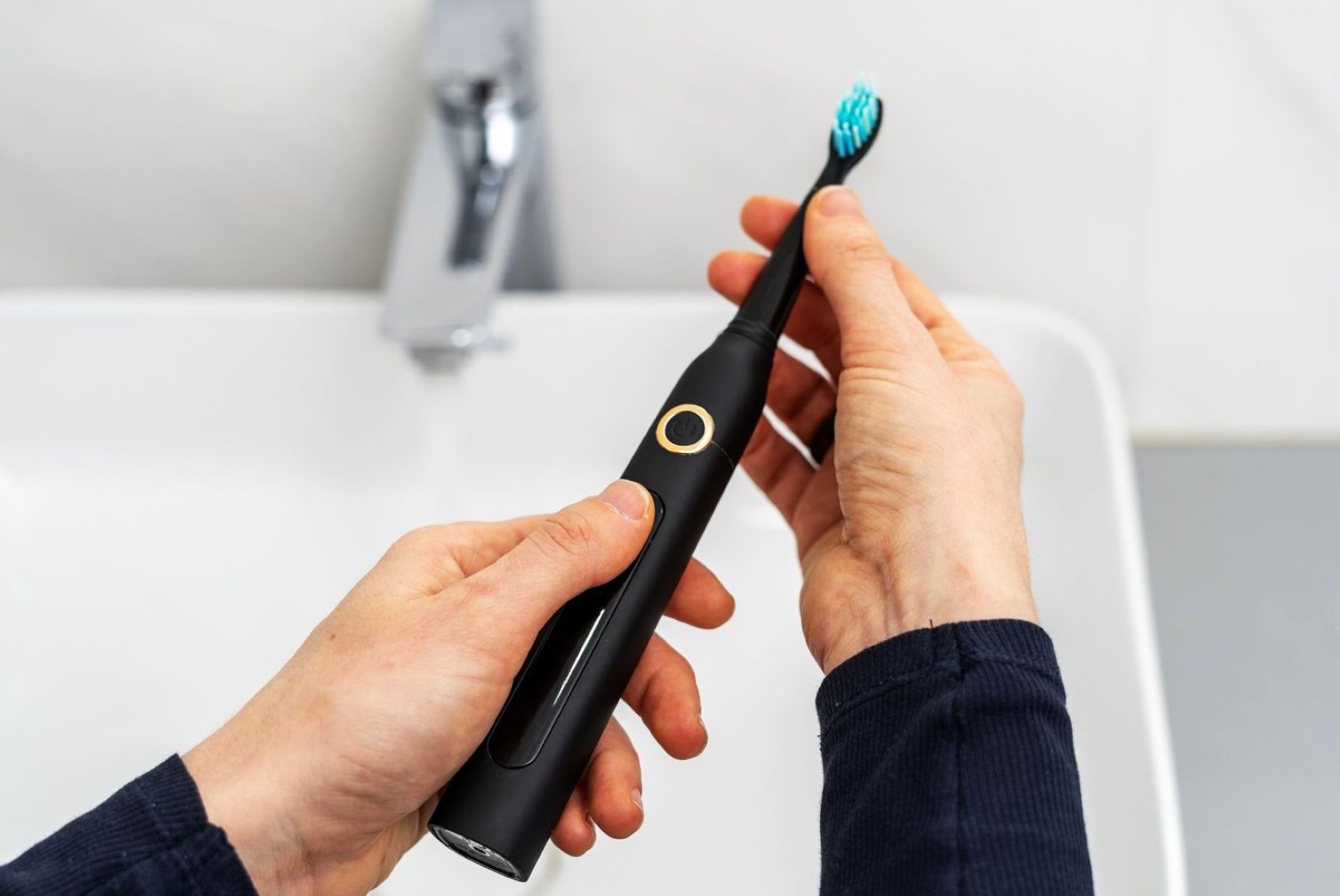
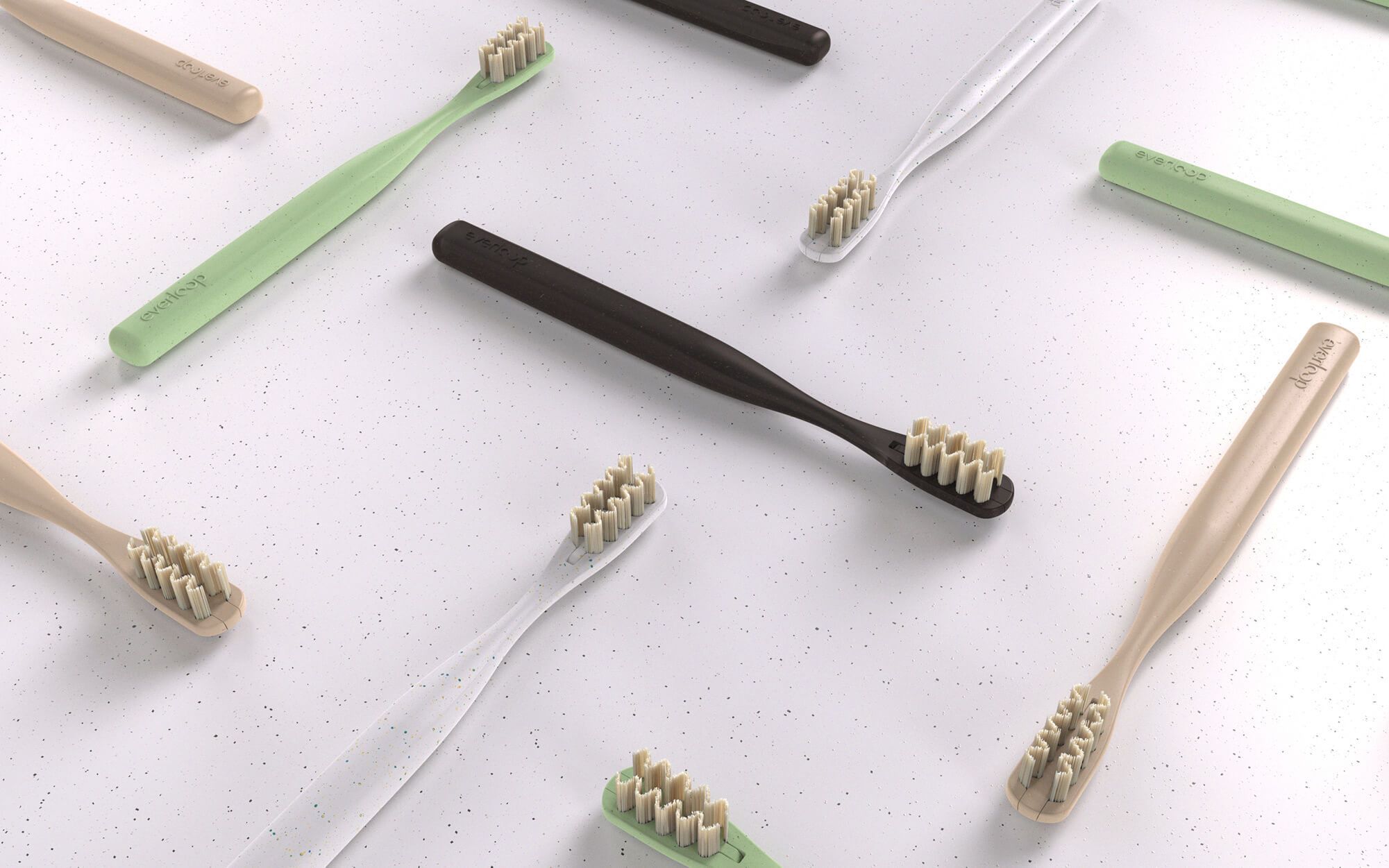
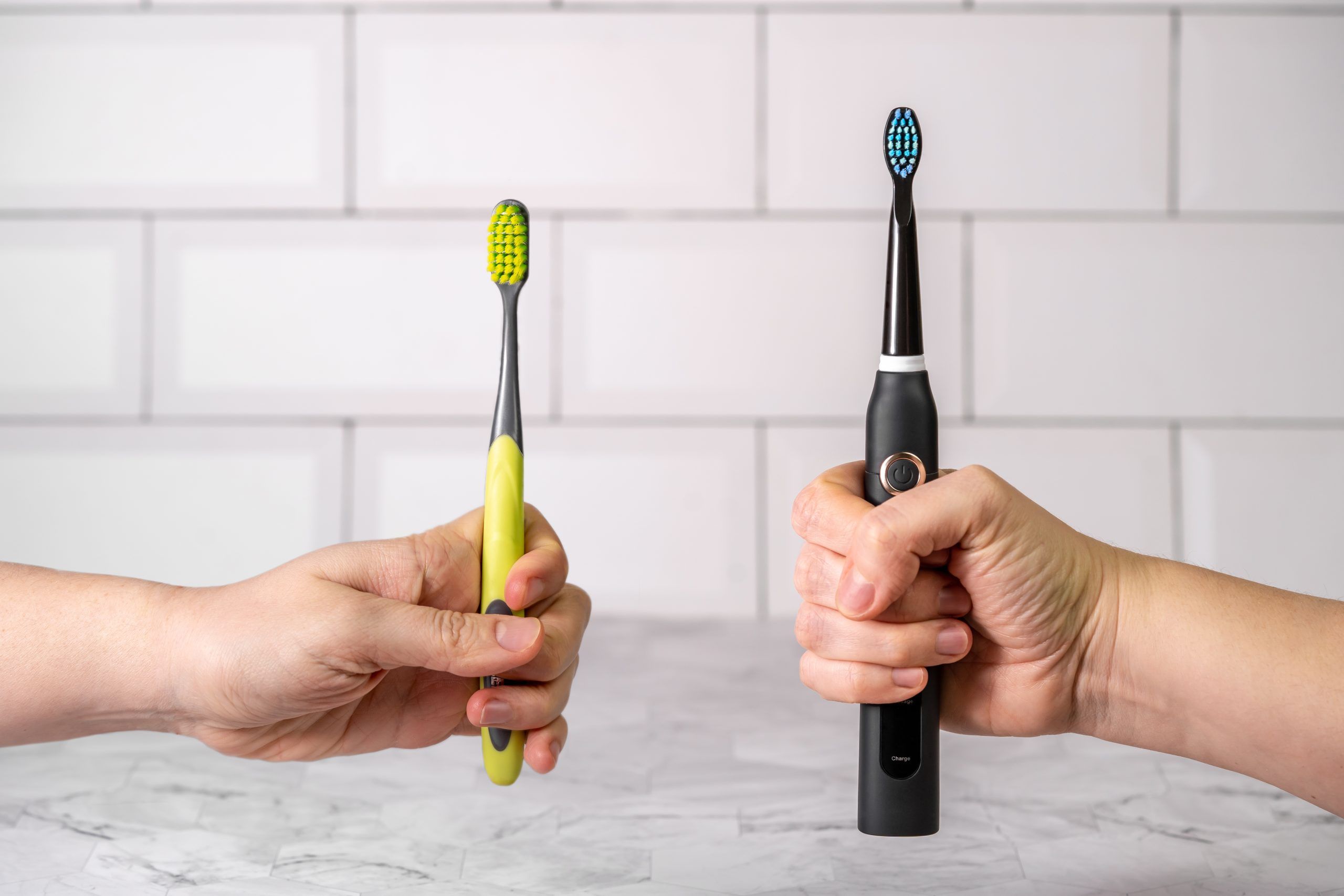
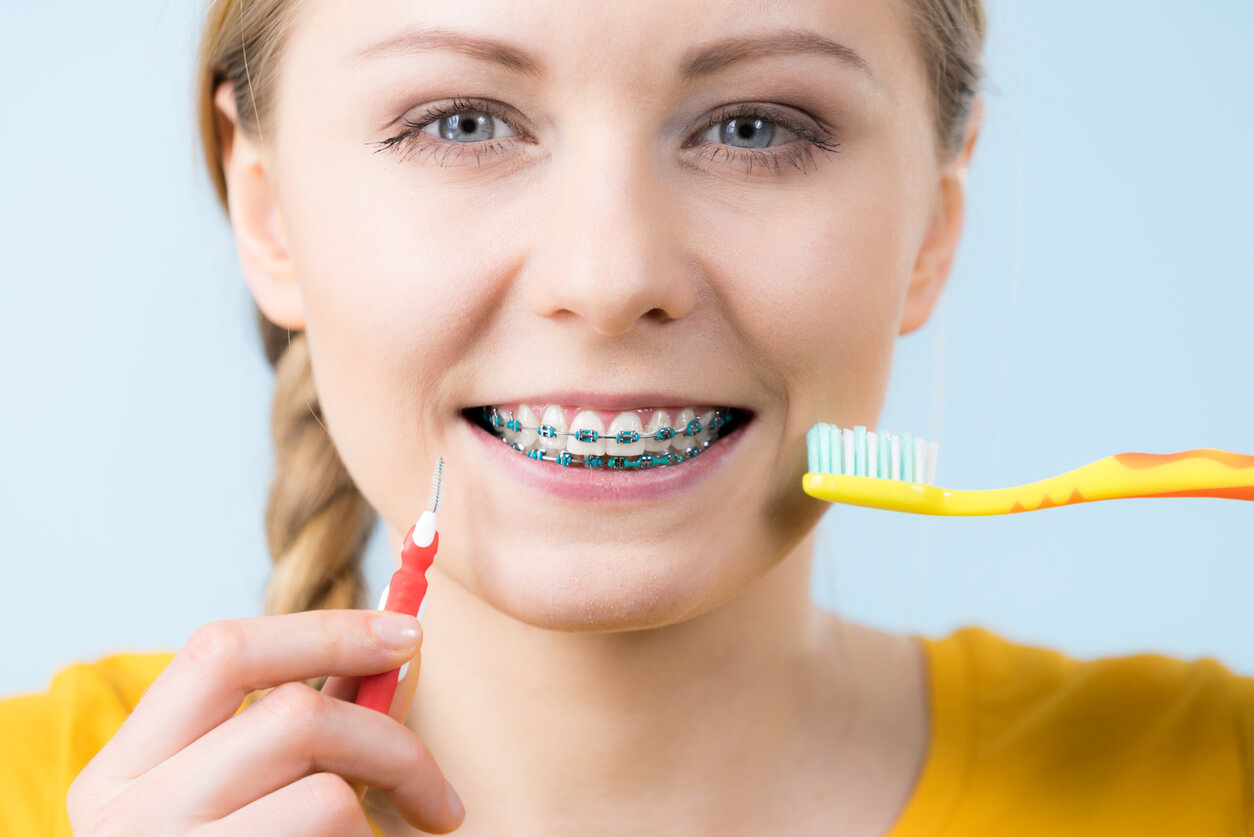
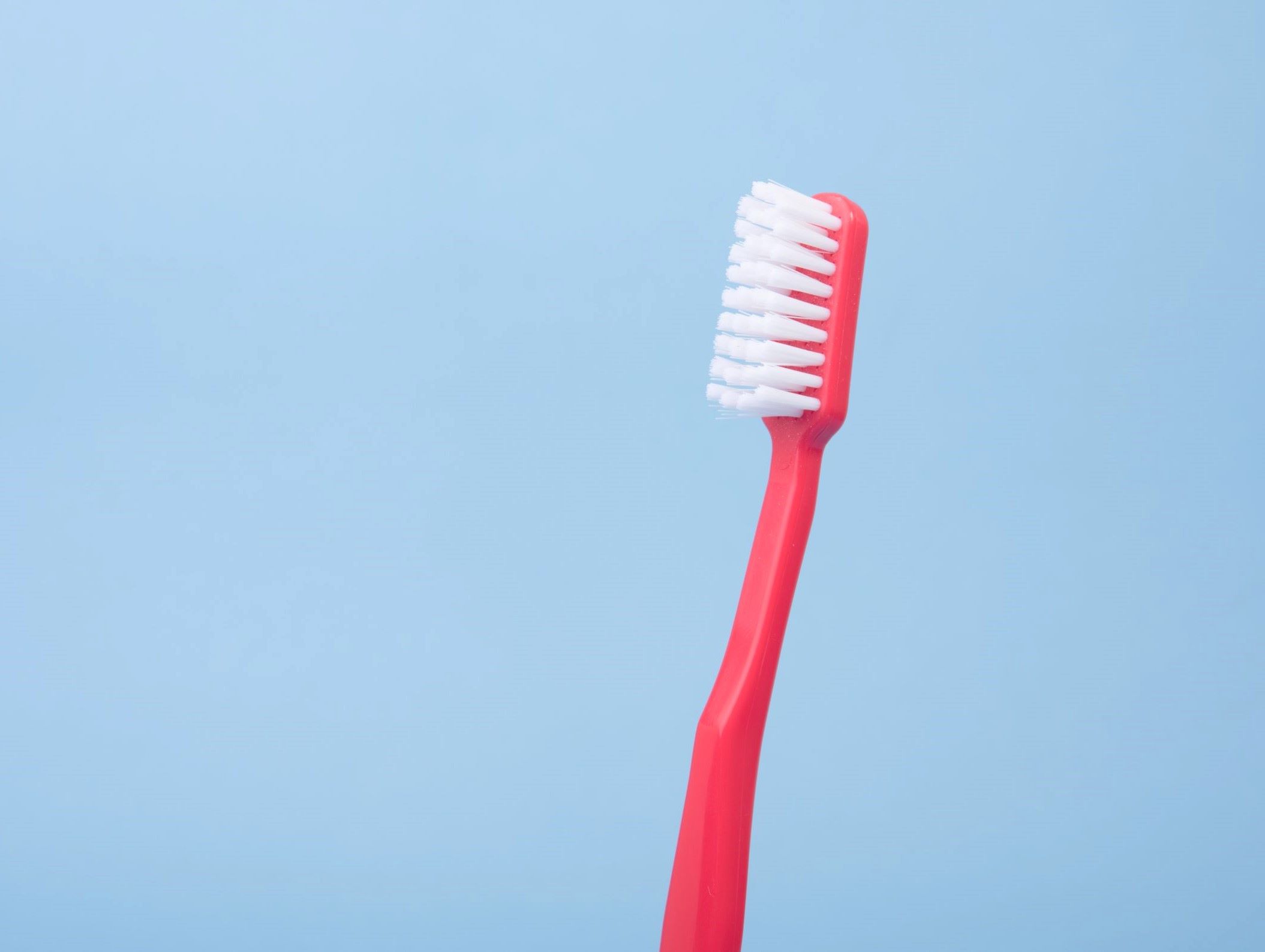
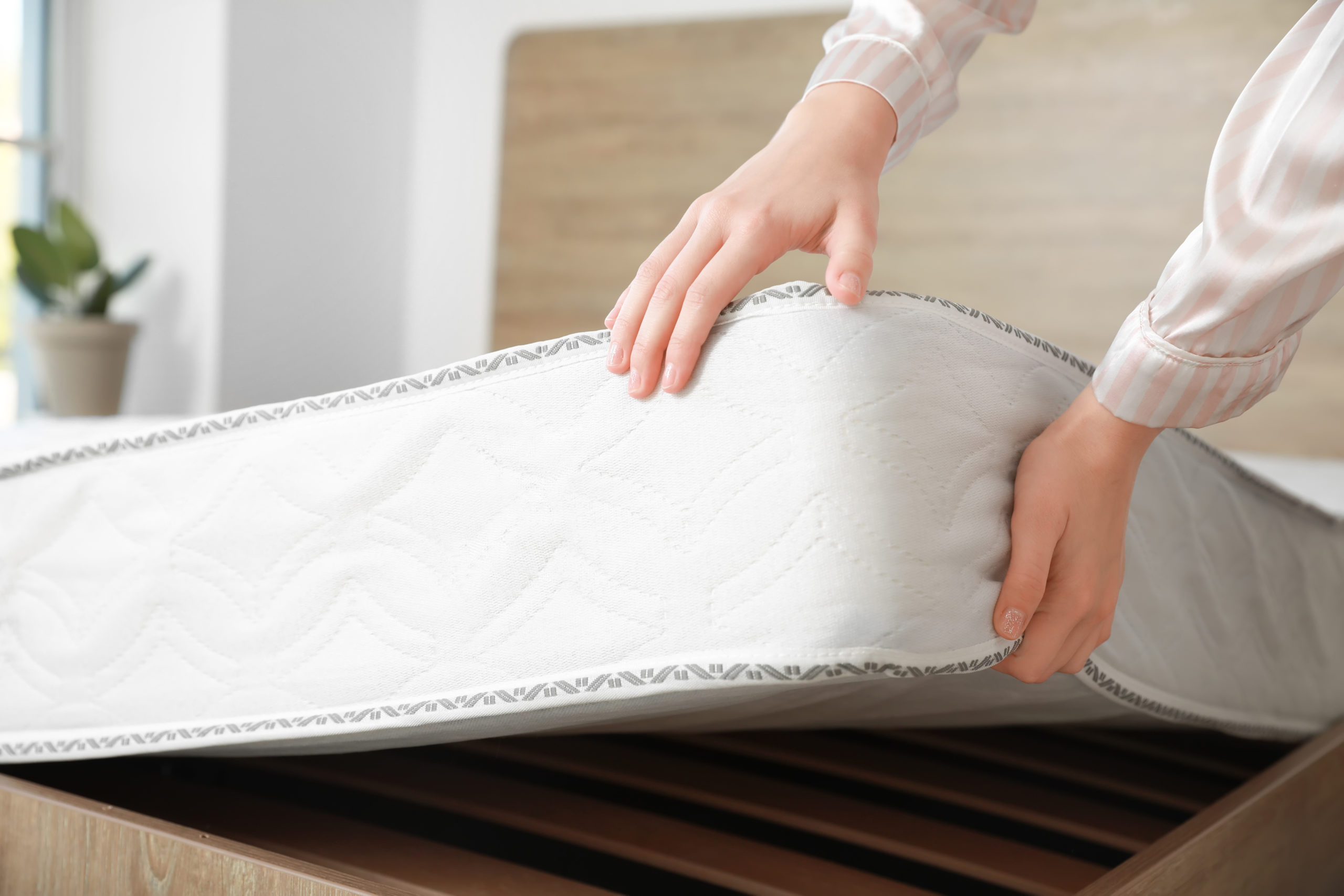
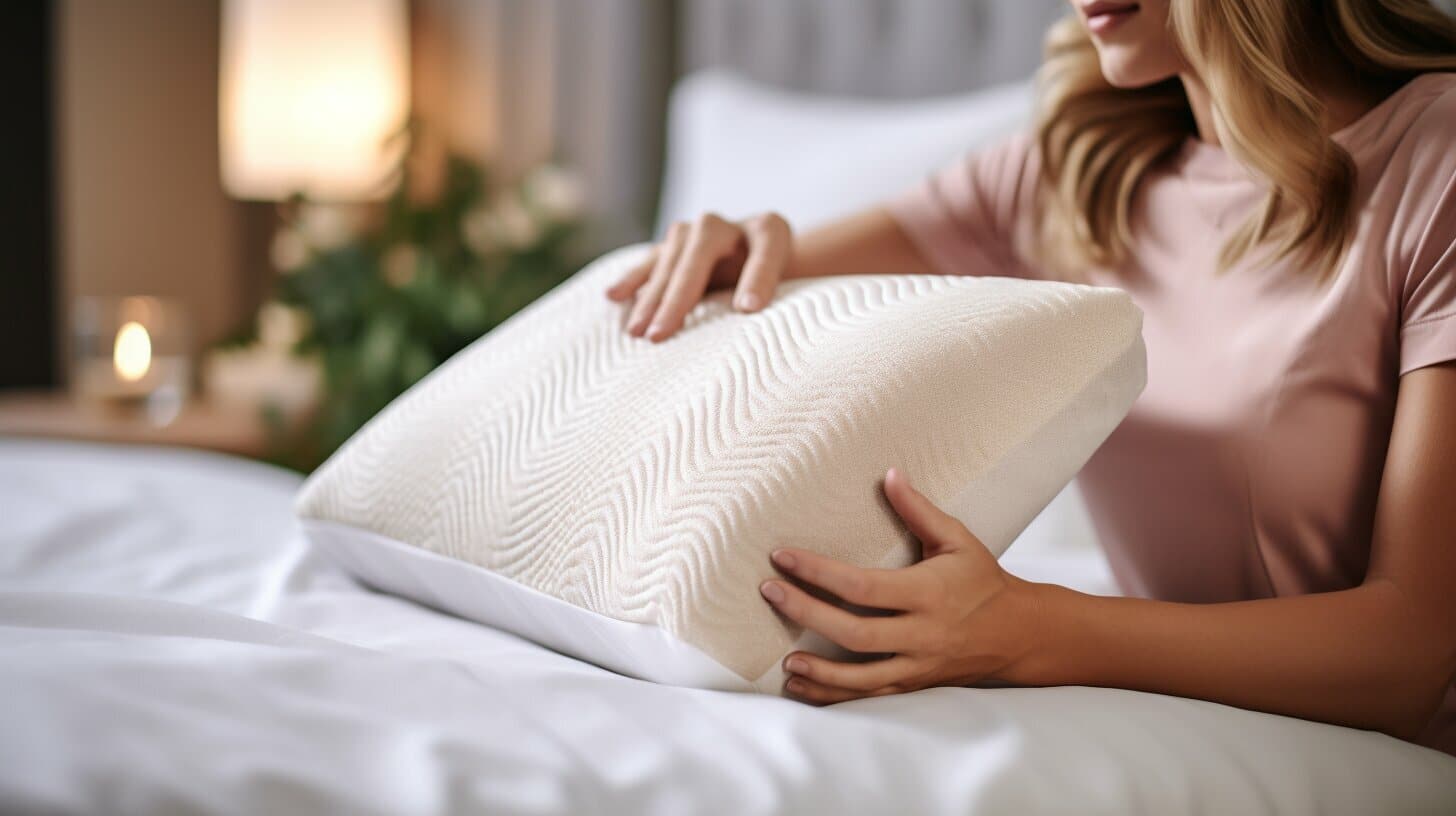
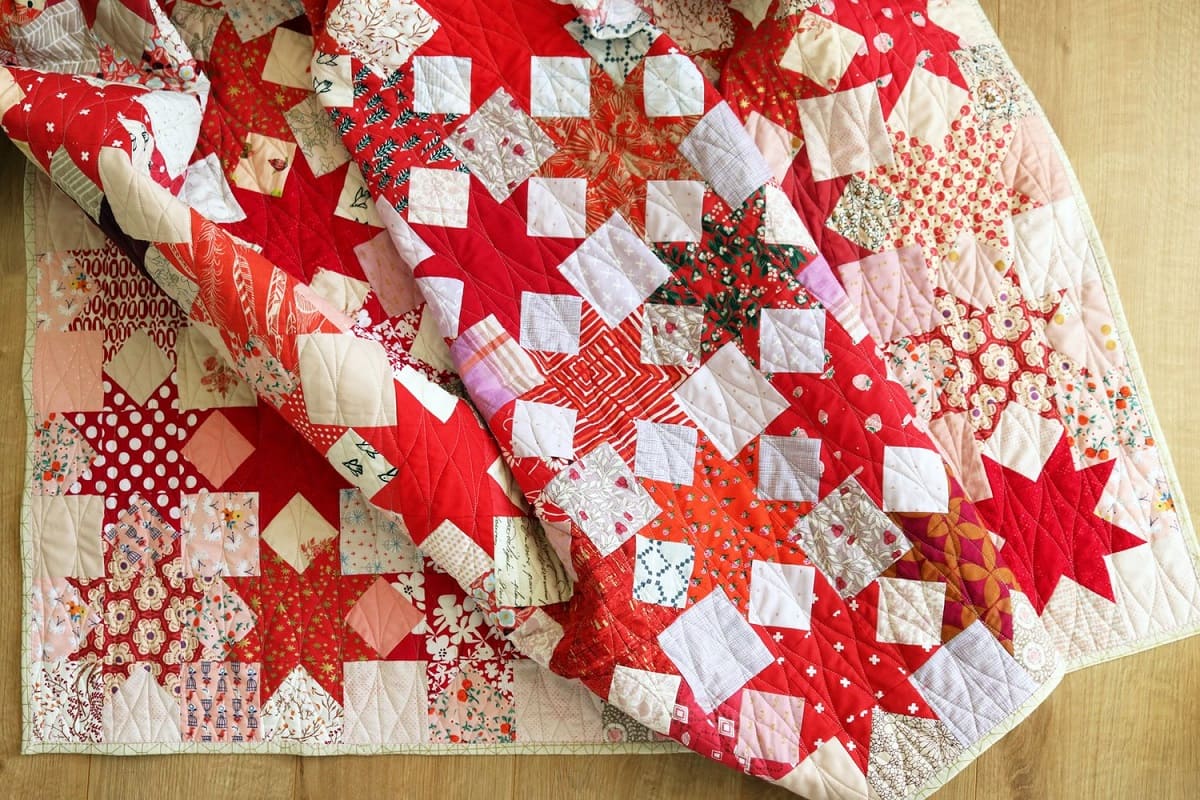
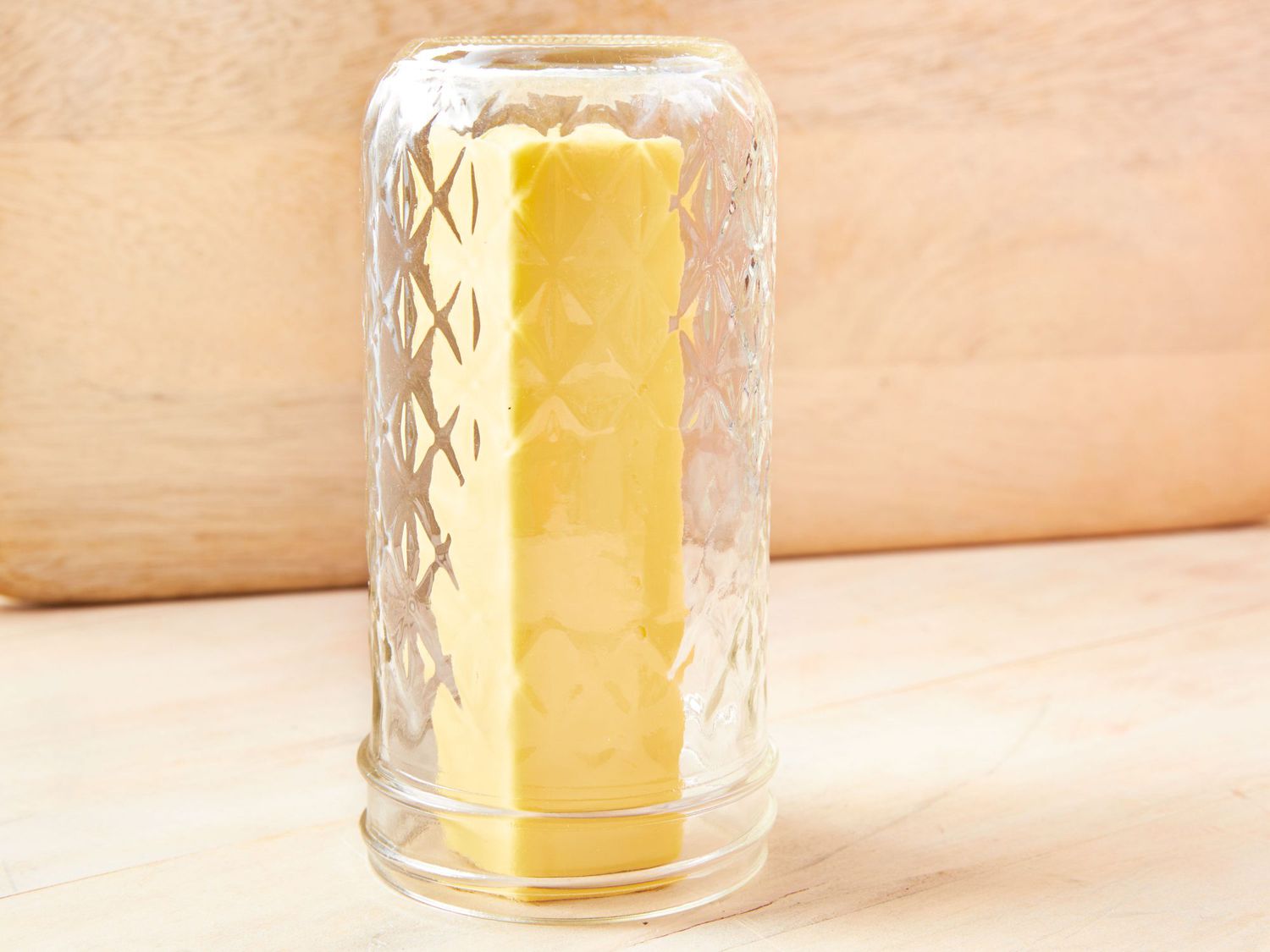
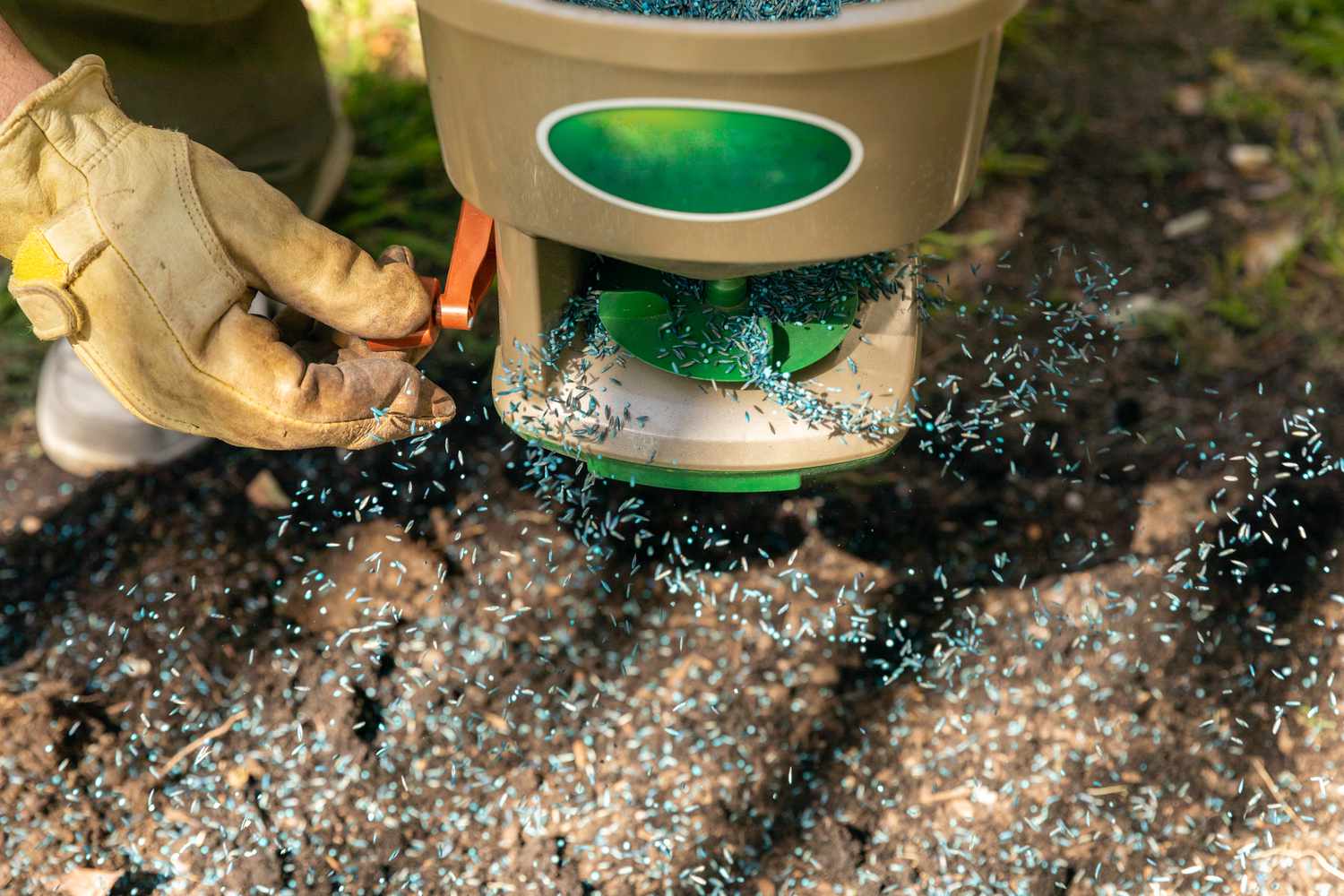
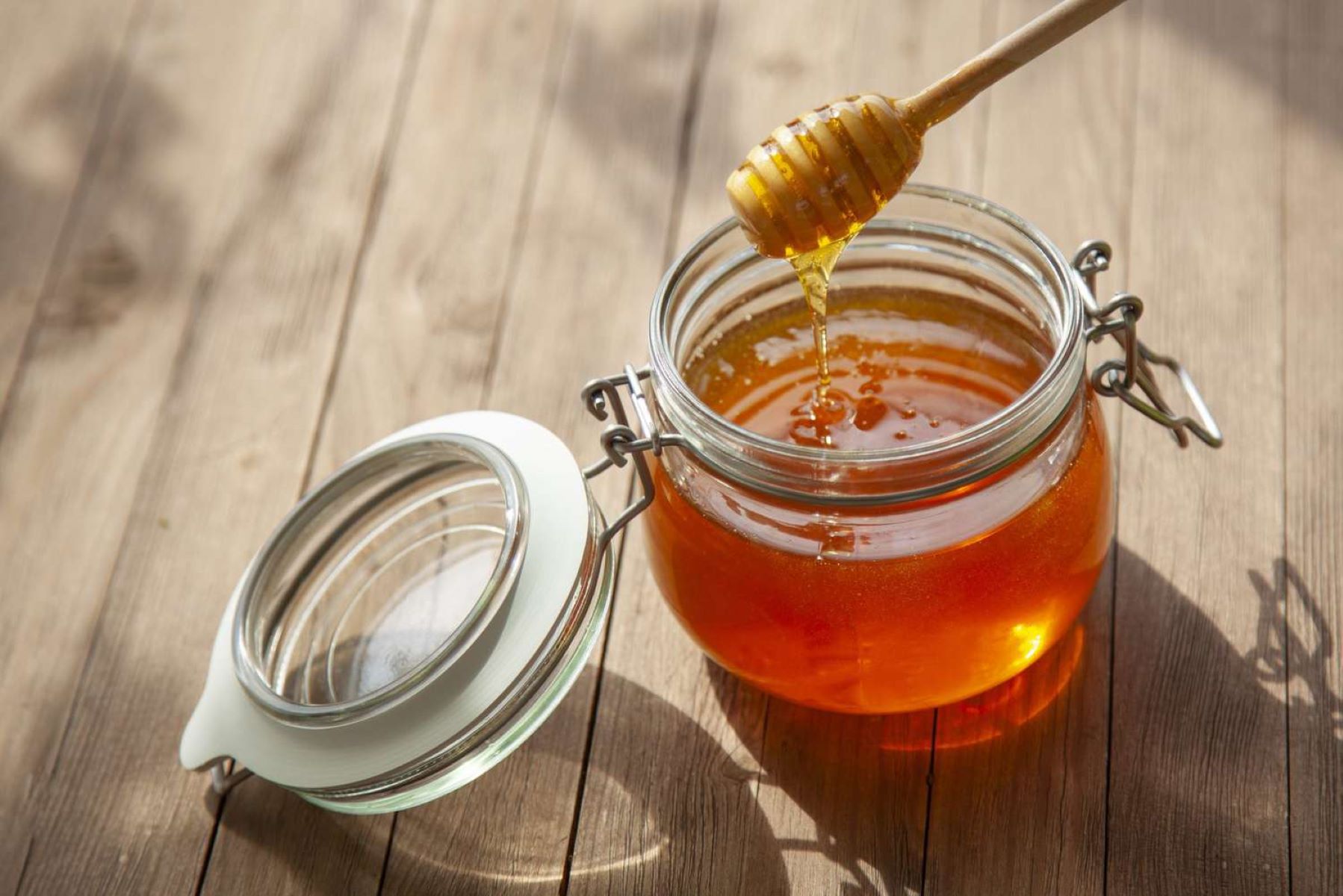
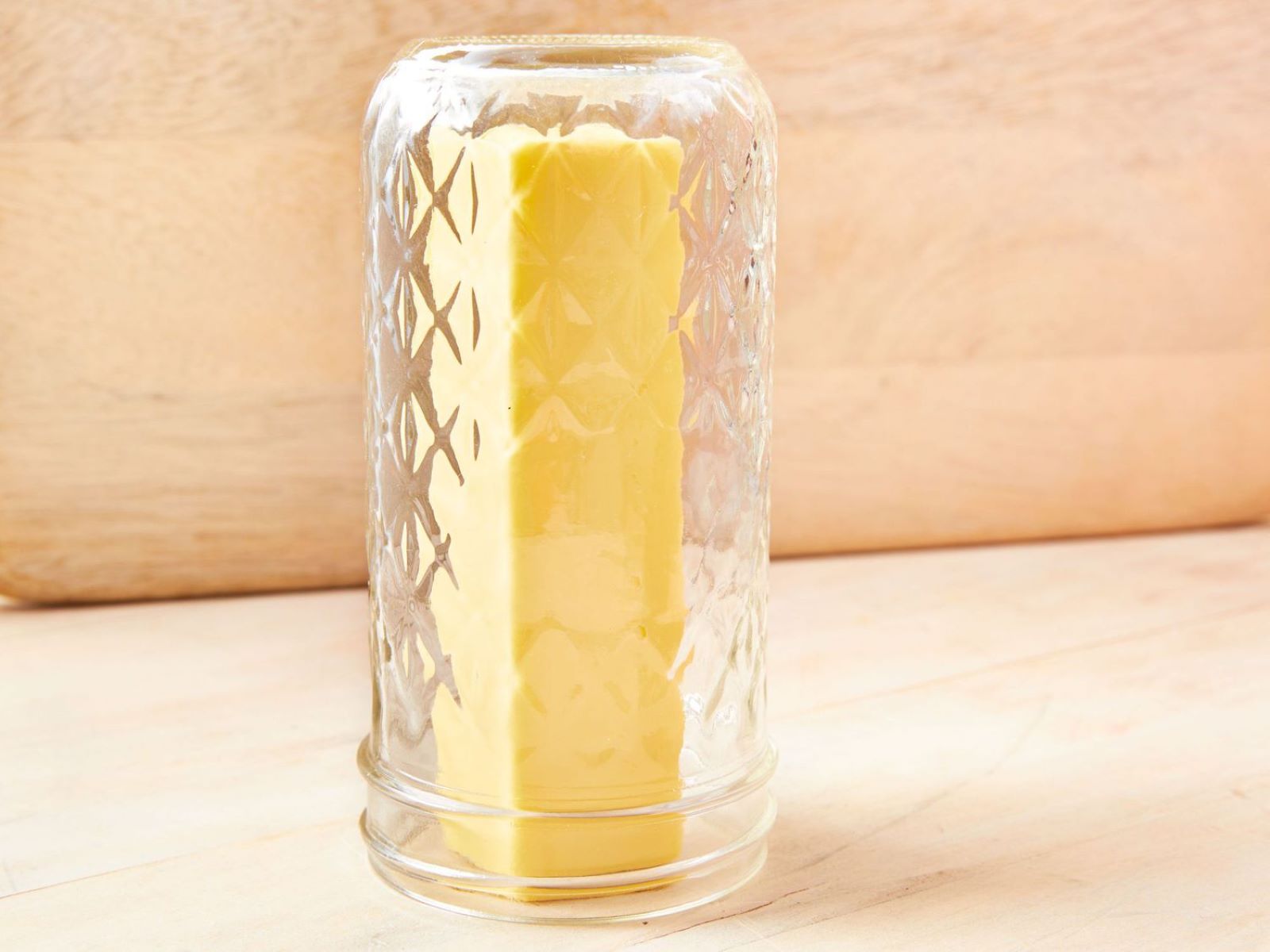
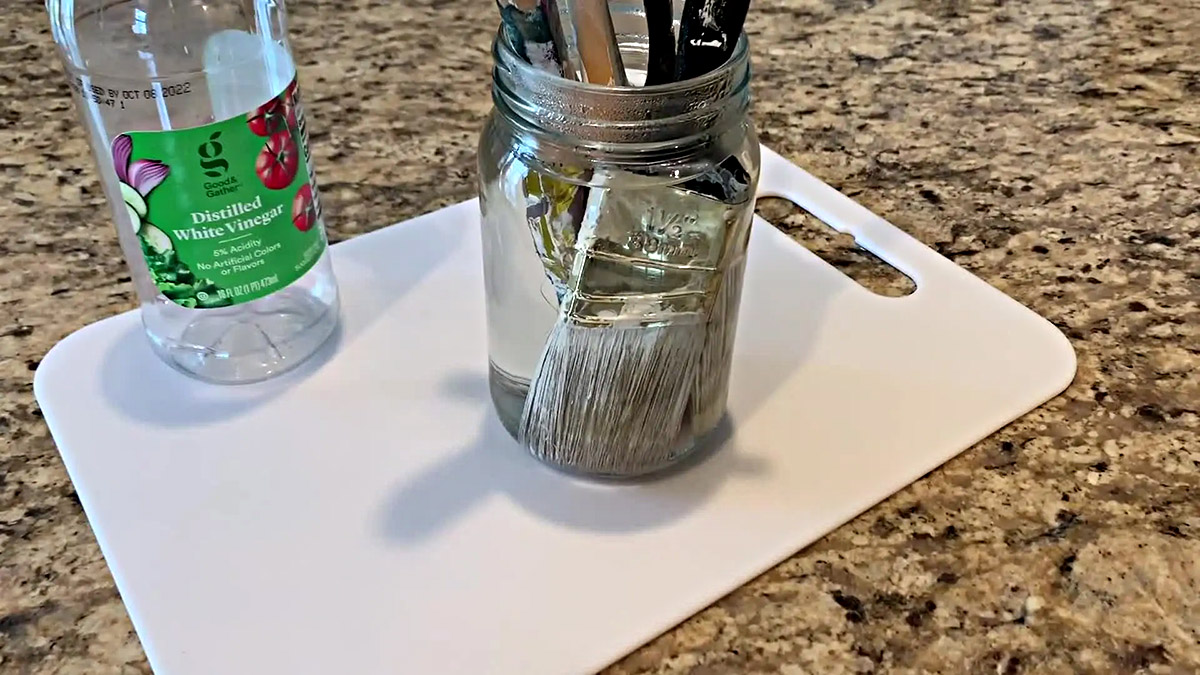

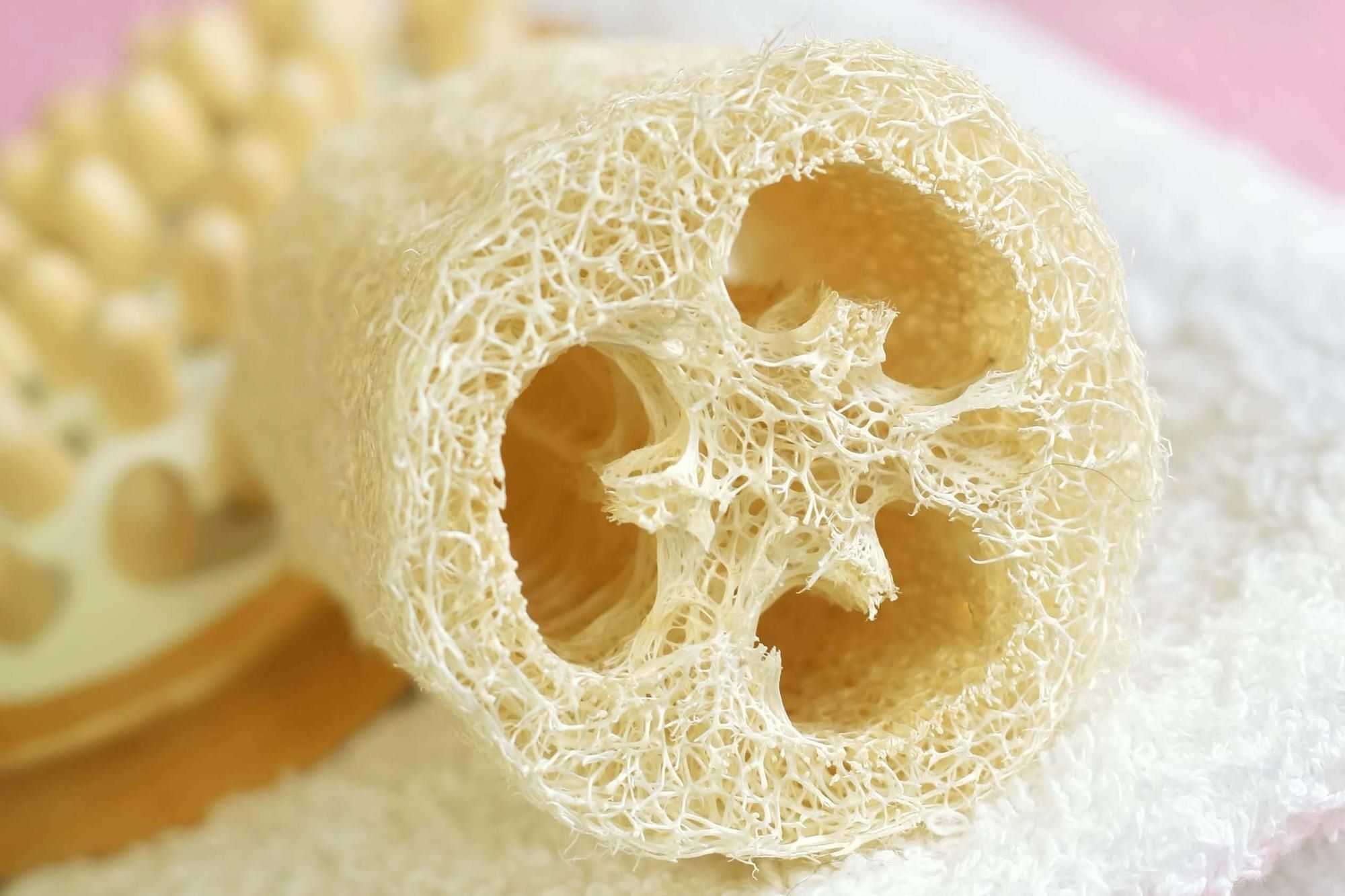

0 thoughts on “How To Soften Bristles On A Toothbrush”